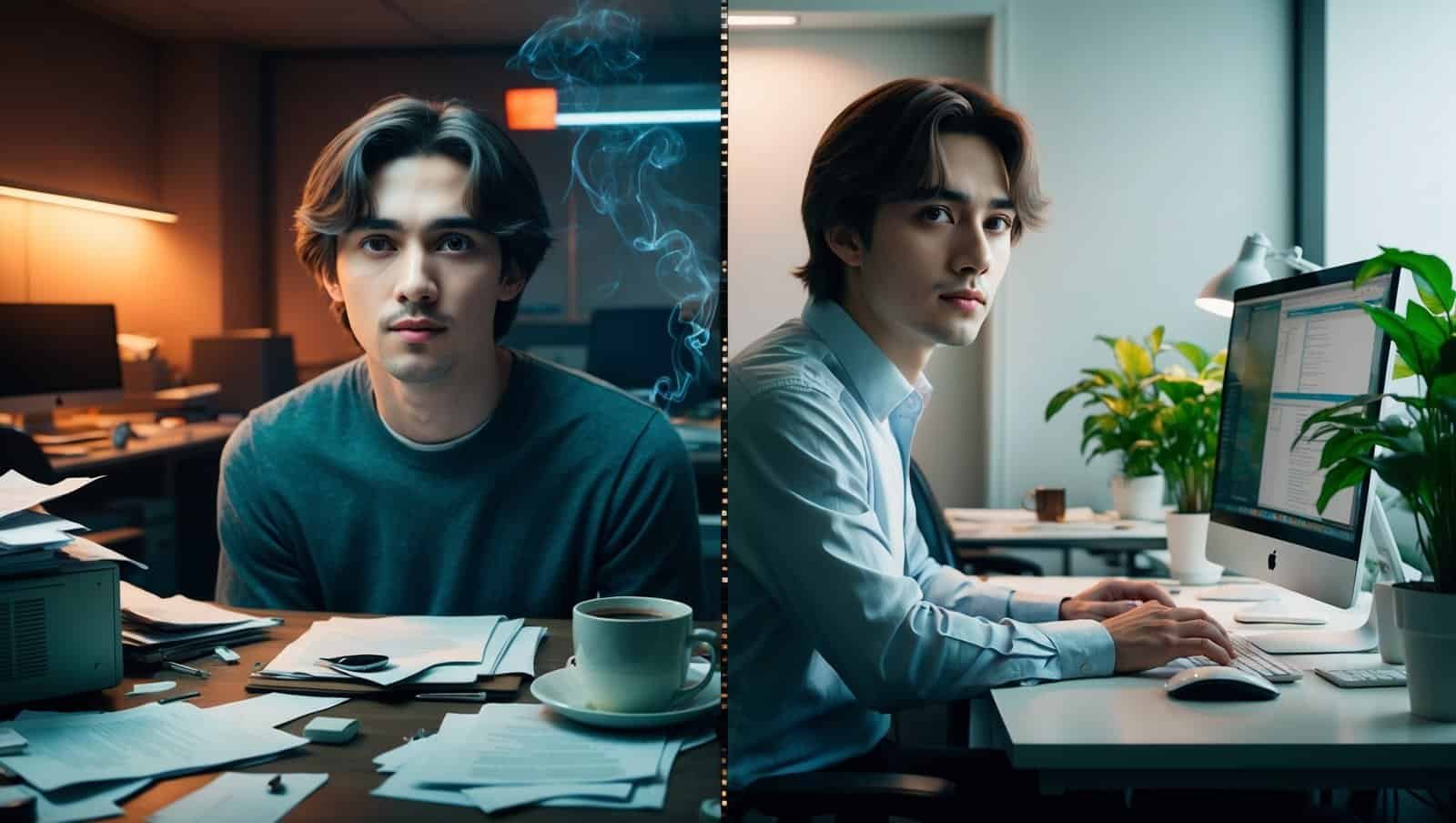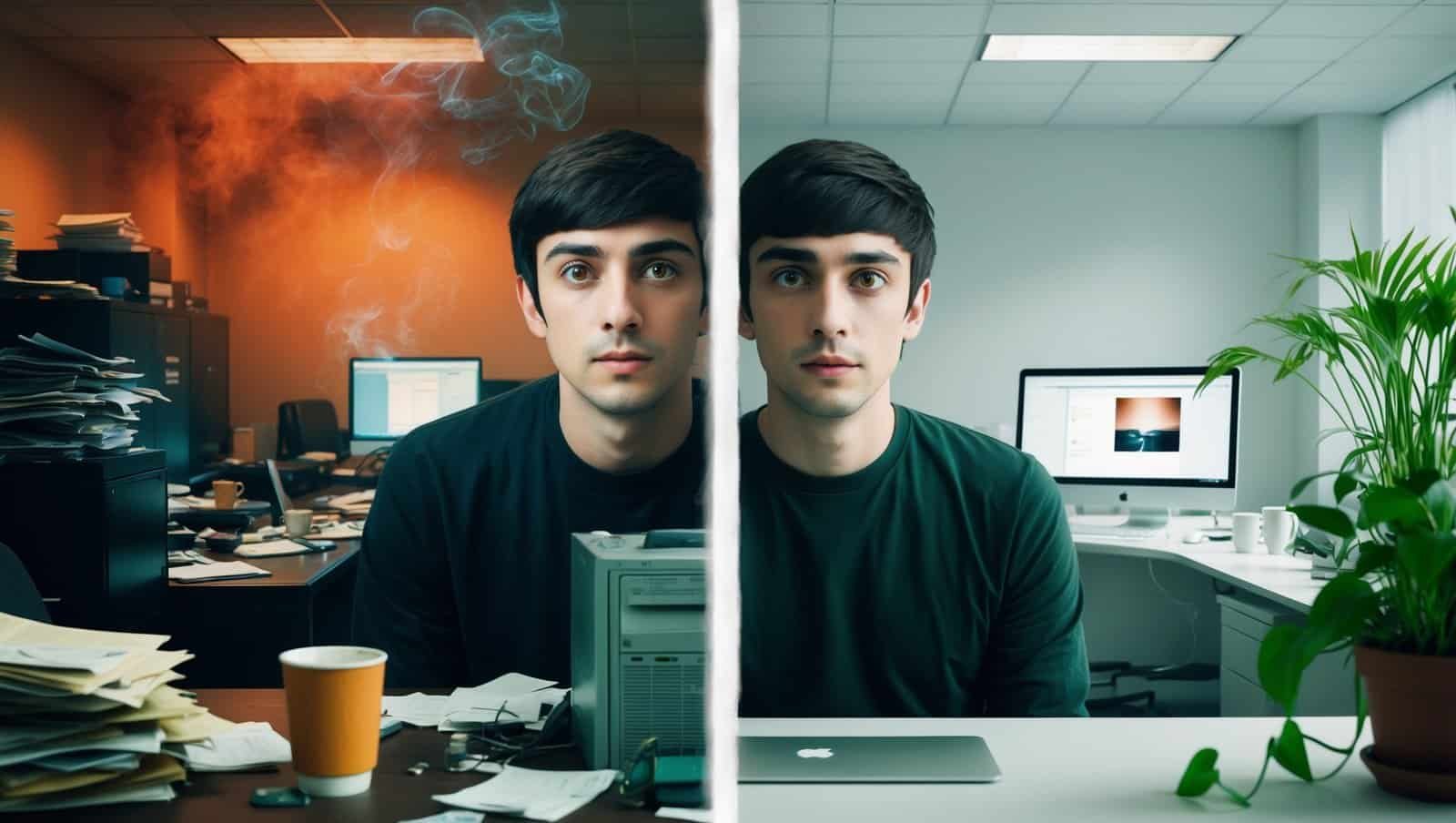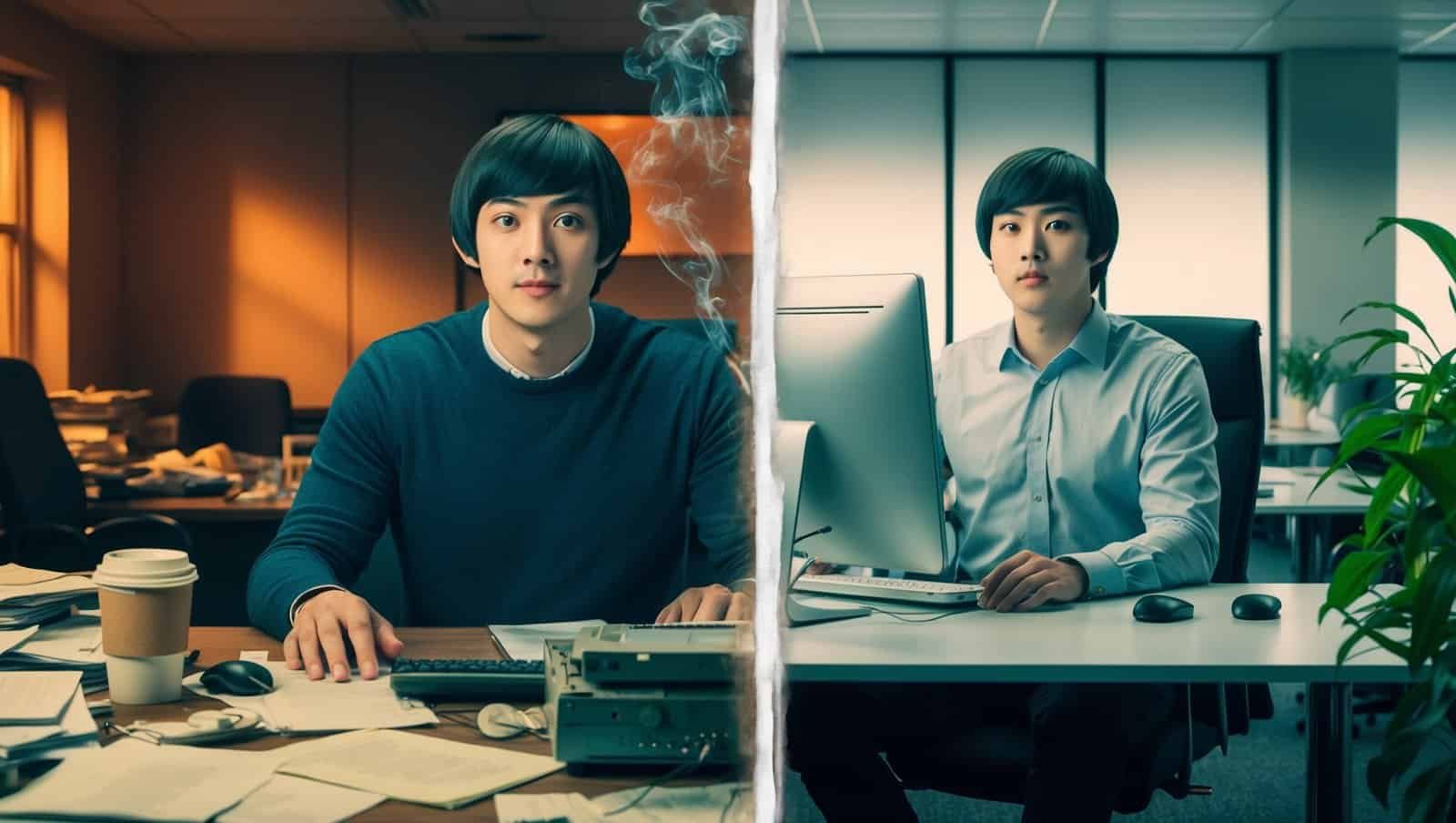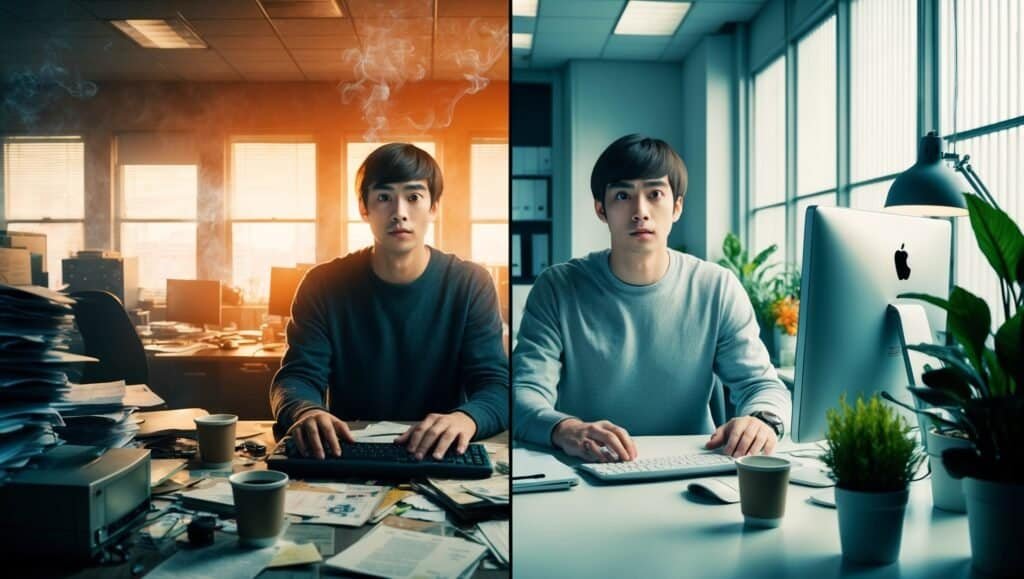The process has completely changed in this realm of AI, particularly in images production. If you are an artist, marketer, or designer, using tools such as DALL-E, Midjourney, Leonardo.ai and others will take your image creativity to the next, 40 billion neurones, level. However, to get the best out of these tools, and generate more good images in less time, you’ll need to streamline your workflow completely. A smart and efficient workflow not only saves you time but will elevate the quality of your work. This article will show you some practical hacks you can use to increase the efficiency of your AI image creation process. These tips will set you on a path to working smarter, not harder. Incorporating ai image creation essentials into your routine can significantly enhance your output. By understanding the capabilities and limitations of each tool, you can tailor your approach to maximize creativity and effectiveness. Engaging with a community of users can also provide valuable insights and techniques that elevate your work further.
The Importance of Streamlining Your Workflow
In today’s high-speed, digital, I-can-make-anything-I-want world, this is the way you want to be working. It enables you to spend more time being creative, and less time chasing, wrangling and dealing with those pedantic little headaches that eat up 50% of your waking hours and about 100% of your good humour. It’s a much more productive and easy going way to work.
Start with a Strong Conceptual Foundation
Once you have that in hand, as well as a (as clear as can be) vision for your project, consider leveraging whatever AI tools might be appropriate without putting the cart before the horse. Most important, take time to think about what you want to achieve intellectually and strategically before you engage any tool. Having this conceptual foundation will enable you to use AI (and your own judgment) to its greatest potential. Even if you follow these simple rules, be aware that you might not end up with a perfect product. But if you start with ‘fuzzy’ ideas and let a tool shape your ‘story’, not only do you risk subpar results but you also run the risk of hurting your budding researcher’s or writer’s self-confidence. On the other hand, you also stand to gain the skills needed for how to harness when you should.
Create Detailed Project Briefs
Your first step would be to write a detailed project brief, defining your goals, audience and outcomes, even creating a ‘tone of voice’. This document – your map – provides a clear direction of travel, keeping you on course and making sure that everything you do with your AI tools is relevant and achieves the goals you laid down at the outset. In other words, the clearer you are at the beginning, the more your AI tools will become effective.
Research and Gather Inspiration
First, read up and find some inspiration for your project: ‘Browse and collect the historical and the avant garde; study what has been done, and see what you can do next with AI.’ Look at art or collect images that reflect an aesthetically pleasing style and save them for reference later: ‘A full library of examples aids in the creative process’ (NETWORK ENCYCLOPEDIA) (CheckMyIdea-IA: Blog).
Optimize Your Workspace for Efficiency
You can optimise your approach to your work by paying attention to your environment. Here’s how: First, whenever you start a work session, take a moment to briefly scan the physical and digital elements in your workspace. Are your tools and resources readily available and in order? Is your electronic workspace devoid of unrelated windows? Did you make check notes about the work you’re beginning, so that you can easily pick up where you left off?
Taking a moment to quickly review your environment can help you avoid distractions before they even take hold. Avoid tipping over the now vs later reconciler, the point beyond which it becomes difficult to contain drain by distraction. Even easy distractions can prove costly. Lastly, you can set up your physical workplace to support creative thinking. Make sure you have a comfortable place to sit, good lighting, some flexible work surfaces, and a quiet and calm environment. Remember that an optimal environment is one that accommodates you and your work, not vice versa.

Organize Your Digital Tools
Systemise your digital world, including tools and assets: folders for your individual projects, files bearing labels, or a neat structure for your AI tools.
Create Custom Presets and Templates
Most AI tools have many custom presets and templates that can be made to save you a huge amount of time getting a new project started: if you frequently use a particular style or palette, set up templates that you can follow and apply to a new project once it’s started – this saves time and increases consistency. (NETWORK ENCYCLOPEDIA)
Leverage AI-Driven Project Management Tools
Although tools for image creation can help speed up the process of creating, adding a dash of AI-powered project management, which can track tasks, manage deadlines and enhance collaboration, can make artists’ work even more efficient.
Use AI for Task Automation

AI takes care of the routine and lets you focus on the creative. Repetitive tasks and maintenance work can be automated and removed from your schedule. For instance, if your project management tool has AI beat assignment features, you as the leader can automate scheduling and task assignments (eliminating the admin work) so you can focus on being creative.
Enhance Collaboration with AI
If working in a team, AI-enabled collaboration tools ensure smooth communication and help everyone be on the same page. Real-time edits and automated updates cut down editing time and help make the team more productive, and ultimately optimise output.
Incorporate Regular Breaks for Creative Refreshment
In other words, efficiency is not only about bolting along faster but also about slowing down enough to keep our thinking nimble and our creativity rolling. Breaks are crucial to this alternative approach to efficiency, helping us to avoid burnout.
Schedule Short Breaks
Research shows that short breaks can increase productivity and creativity. Use the Pomodoro Technique – work for 25 minutes and take a 5-minute break – to rest and replenish.
Engage in Creative Play
Take breaks by doodling, playing an instrument or some other creative activity. Such breaks provide new perspectives and stimulate new ideas.
Refine Your Editing Workflow
Great photos emerge from AI only when the final touch is human: learning to polish your editing workflow can get the most out of AI-generated images.
Develop a Consistent Editing Process
Keep steps such as colour correction or sharpening the same for all images; repetition is crucial to achieving consistency, which improves quality and allows you to work faster.
Use AI-Assisted Editing Tools
Automated tools such as Adobe Sensei include features such as retouching or colour grading that can save time and extend the creative palette.
Implement a Feedback Loop for Continuous Improvement
To streamline workflows continually evaluate and improve processes—feedback loops identify areas for improvement.
Gather Feedback Regularly

Conclusion: Embrace Efficiency for Greater Creativity
Efficiency is a double-edged sword. When you make workflows more streamlined, it doesn’t just save you time; it also gives you space to think. Creativity can’t thrive without having foundations in place: optimised workspaces, accurate traditional tools for project management, regular breaks. When workflows are more efficient, edits get stronger and more precise. Feedback loops become more fruitful.
Efficiency is not about cutting corners. It’s about working smarter not harder. When you have the right strategies, you focus less on grunt work and more on real creativity. That way, the desired things get done and the goals are exceeded.
Because exploration in AI is starting with these models that are continually adapting and learning, those refining processes will become hallmarks to success. Cleaner workflows create more energy allowing AI to push boundaries.
Okay, here are your hacks. Let creativity fly! Remember mastering workflows journey never ends something new learn discover! Happy creating!

